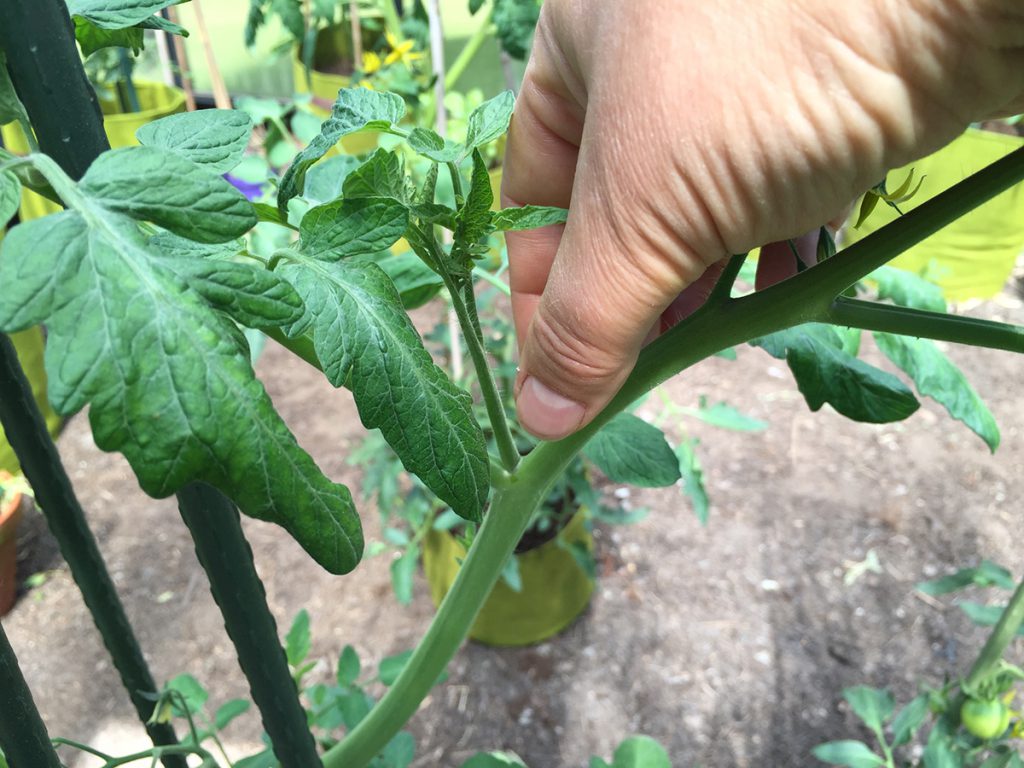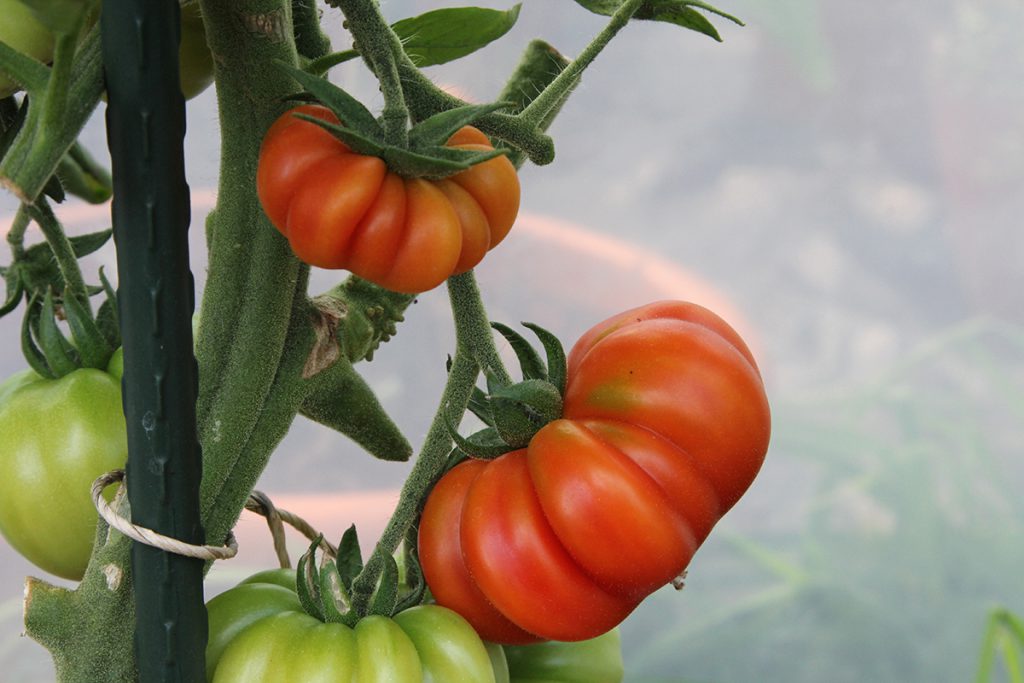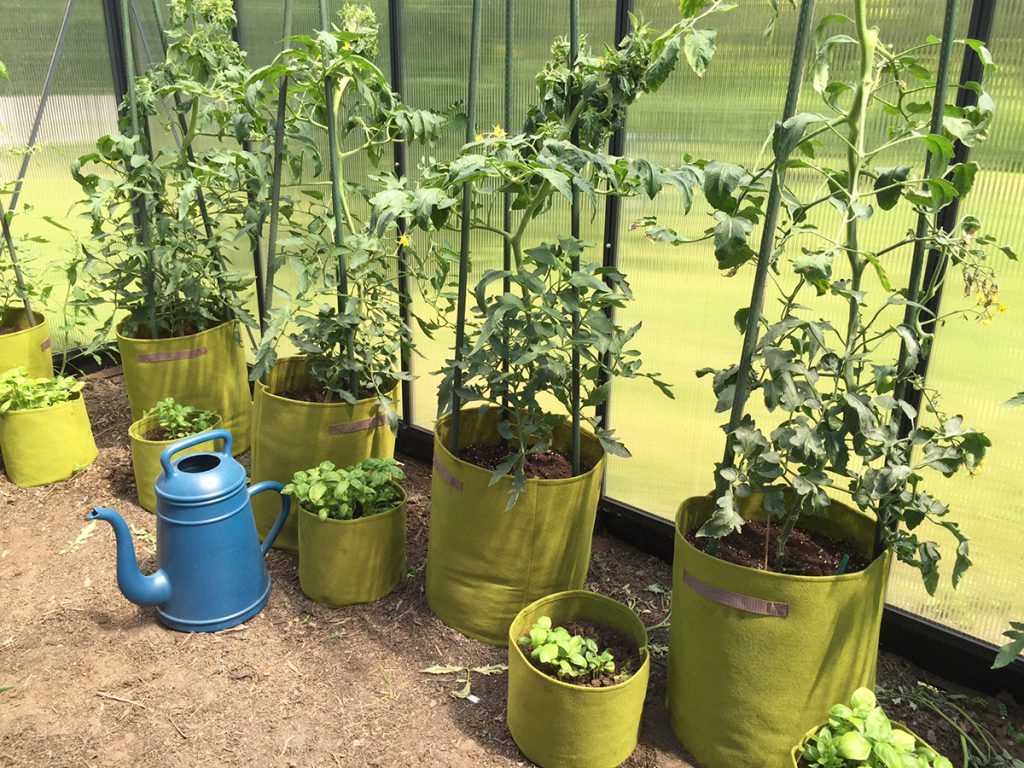10 tips for a bountiful tomato harvest
Harvesting ripe, juicy tomatoes is one of the highlights of the gardening year; after all, they're among the tastiest and most popular vegetables. To always get the most out of your plants, it's worth knowing which varieties you have and what their specific requirements are. Proper care also plays a large role in a bountiful harvest. With these 10 tips, nothing can go wrong.

1. Watering
It's important to water tomatoes regularly. Too little water results in fewer, smaller fruits, and nutrient deficiencies, while too much water dilutes the flavor. It's best to water in the morning with stale rainwater directly onto the root zone, not the leaves.
2. Thinning
On tomato plants (except bush tomatoes, which are often sold as balcony tomatoes), remove the small side shoots that continually grow between the main shoot and the leaves every few days. This will strengthen the plant and the tomatoes, allowing them to concentrate on fruiting. Thinning also makes the plants more manageable.
3. Fertilize
Tomatoes are heavy feeders, so be sure to give them some fertilizer regularly, preferably a special tomato fertilizer, either in liquid, powder, drops, or fertilizer sticks. Too much fertilizer is harmful to the plant. A sign of overfertilization is when the leaves curl and tufts form.

Tomato 'Sunheart' - Solanum lycopersicum
Tomato 'Sonnenherz' is a yellow-orange oxheart tomato. Its heart-shaped fruits have plenty of flesh and little gelatin. They weigh up to 300 g and have a fruity, aromatic flavor. Their open growth makes the plants easy to care for.
Our high-quality organic vegetable seeds are grown according to the strictest organic standards for a sustainable and healthy harvest.
Details:
Sowing indoors/greenhouse: mid-February to March
Planting outdoors: mid-May to June
Germination time: 7-14 days at 15-20°C
Sowing depth: 0.5-1 cm, dark germinator
Height: approx. 150 cm
Planting distance: 60 x 80 cm
Harvest time: mid-June to mid-October
Soil: loose, humus-rich, slightly moist, permeable
Fertilization: Organic fertilizer, diluted nettle manure
Location: Sunny, protected from moisture
Water consumption: High
Growing tips:
Tomatoes shouldn't be sown too early, as they can only be planted outdoors after the Ice Saints. Their development time until planting is approximately six weeks. After sowing, it's advisable to cover the seed trays with foil or a cover to create a bright, warm, and humid environment. After germination, the seed trays should be placed in a cooler location and the cover removed. After 2-3 weeks, the plants are pricked out and the roots are trimmed back slightly to stimulate root growth.
Before planting out, it is advisable to place the plants outdoors in a shady, wind-protected place during the day to harden them off.
Before planting, the soil should be thoroughly loosened and amended with compost. A layer of mulch retains warmth and moisture. Regular fertilization with diluted nettle manure every 3-4 weeks during the skin growth phase is recommended. As growth progresses, the plants should be supported and trained, and side shoots should be pinched out. Harvest time is reached once the fruits have acquired their typical color.
Mixed culture:
Good neighbors: garlic, cabbage, kohlrabi, lettuce
Bad neighbors: potatoes, fennel, cucumbers, peas
Use:
Tomatoes have become an indispensable part of our kitchen. Eaten raw as a snack or in salads, cooked in sauces or soups, and baked in casseroles or gratins, they simply taste like summer.
Bag contents:
approx. 15 grains
Store in a cool, dry place.

4. Support
With the exception of bush tomatoes, all tomatoes require sturdy stakes, a trellis, or other strong support. The stakes, such as spiral stakes made of stainless steel or aluminum, are best inserted into the soil directly during planting.
5. Mulching
Mulching prevents the soil from drying out. Convenient: The mulch (grass clippings or tomato seedlings) also acts as fertilizer.
6. Remove leaves
All leaves and shoots can be removed, especially below the first fruit cluster. This prevents fungal diseases from spreading from the soil. However, since the plant needs the leaves for photosynthesis, they should not be removed too rigorously. Of course, for all species, regularly remove all dead or yellowed leaves.

7. Care in the greenhouse
If your tomatoes are in a greenhouse, feel free to leave the doors open during the day. This allows for better humidity control and prevents overheating (which increases the risk of fungal diseases). It also allows bees and bumblebees to reach the flowers to pollinate them.
8. Stop the growth
In late summer, the main shoots of espalier varieties should be cut (stopped) to avoid wasting their energy on late fruits, which no longer have time to develop anyway.
9. Harvest
When the tomatoes fall off easily when gently lifted and turned, they are ripe and ready to harvest. If possible, avoid leaving ripe fruits on the plant, as they will quickly become soft or even burst.
10. Ripening
If it's too cold, the fruits won't ripen on the plant. At the end of the season, the tomatoes, still green or already slightly colored, can be harvested and left to ripen in a warm (15 to 22 degrees Celsius), dark place.
TEXT: Victoria Wegner









































































































